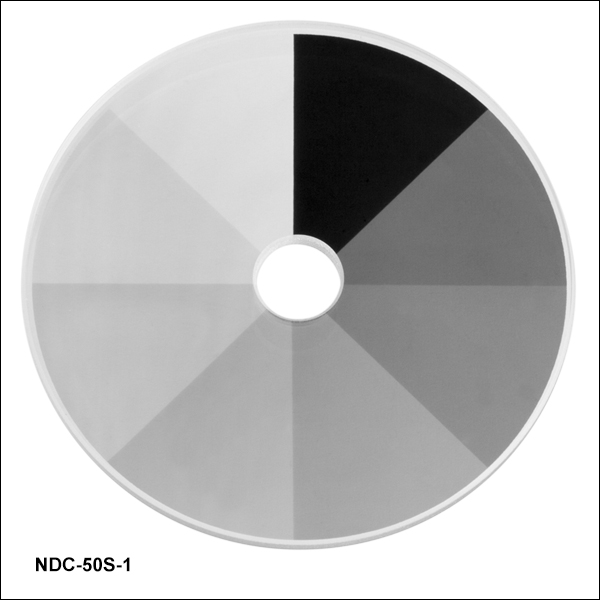

So the blur-happy photographer is either forced to wait until the light dies down, or must use a narrow aperture and sacrifice their beautiful wide-aperture backgrounds. Unfortunately, when the light is strong, a wide aperture will let in too much light, resulting in overexposure. Let’s take a look at each of these effects in turn: Using ND filters to achieve a wide apertureĪs you may be aware, wide apertures create beautiful blurry background bokeh that makes the subject pop off the page (portrait photographers love this!).

In other words, a neutral density filter is a dark piece of glass that goes in front of (or behind, in some special circumstances) your lens.ĭifferent neutral density filters offer different levels of light-blocking power, generally measured in stops of light. The result? Less light passes through the lens to reach the camera’s sensor. Let’s dive in, starting with a simple definition: What is a neutral density filter?Ī neutral density filter blocks light, which is why it’s sometimes referred to as sunglasses for your lens.
NEUTRAL DENSITY FILTER IN COREL X5 HOW TO
So if you want to know how to use a neutral density filter, when to use an ND filter, or why to use an ND filter, you’ve come to the right place.
NEUTRAL DENSITY FILTER IN COREL X5 PLUS
In this article, I share everything you need to know about ND filters, including basic instructions, specific gear recommendations, plus some helpful advice along the way.

What are neutral density filters, and how can they improve your photography?


 0 kommentar(er)
0 kommentar(er)
